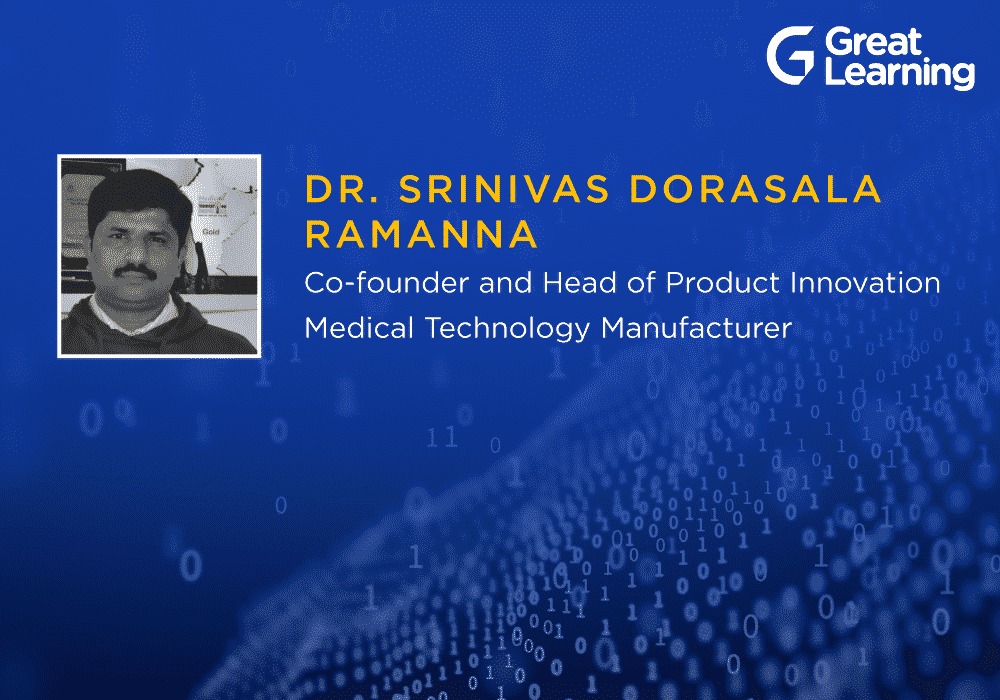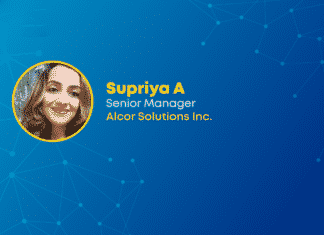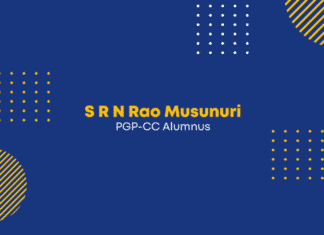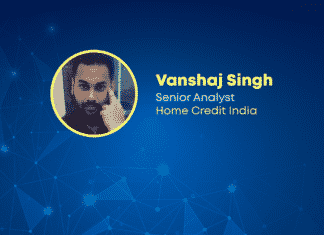Contributed by: Dr Srinivas Dorasala Ramanna
I am an ENT surgeon, specialist and key opinion leader in vestibular disorders and Co-founder of Cyclops Medtech Private Limited. Formerly, I have headed the department of ENT at a major Corporate Hospital. I am also an Honorary Professor at Jawaharlal Nehru Medical College, Belagavi.
Cyclops Medtech is focused on bringing newer diagnostic techniques for the Diagnosis and Rehabilitation of Vestibular and Balance Disorders. We have installations of our equipment at more than 250 hospitals in India and abroad. Our product is recently European CE certified as a Class 2A medical device.
The core technology we use is Eye Tracking. It is called videonystagmography. Vertigo is a false sensation of movement when the individual is not moving. It is caused, among others, by disorders affecting the inner ear and regions in the brain processing that information. These disorders often produce characteristic patterns of eye movements. These eye movements occur spontaneously or in response to a variety of stimuli.
The saw tooth graph we see represents an oscillatory movement of the eyes. For ease of understanding, let us just consider the red line on the top. It shows a series of strokes with less inclination alternating with lines of high inclination. This is a graph of eye position against time. Upwards movements of the tracing represent rightward eye movement, and downward tracing represents leftward movements. A perusal of the red line indicates that the eye is oscillating:- moving slowly to the right (upward movement of tracing) and fast to the left (downward movement of the tracing). This is called left beating nystagmus as the eyes move fast to the left.
Now, a variety of combinations of such oscillations can be seen in patients. Each pattern gives a key insight into the underlying diagnosis. To see every such combination, we need to carefully peruse several minutes of this tracing.
The methods learnt in data science made me think of other ways of representing all this information in one picture rather than several minutes of tracing.
(representing velocity) against position. Where the eye is and what is the behavior in that position is the question being answered. Basically, this picture shows the direction in which the eye is moving and the speed at which it is moving in different positions within the eye containing socket. We clearly see two dark spots which are both horizontally and vertically separated. This means that the eye is showing two patterns of oscillation:- when eyes are viewing towards the right, it is showing right beating nystagmus and when eyes are viewing towards the left, it is showing left beating nystagmus on looking to the left. This is elegantly represented in one image. To glean this information otherwise would require reading several minutes of tracing which is tedious.
Overall, the main advantage is to be able to easily Glean key information in one Elegant image that otherwise needed careful and tedious perusal of lengthy traces.
It is also saving a lot of time and effort in addition to assuring that key findings are not missed due to oversight.
Want to learn more such concepts? Take up the PGP Data Science and Business Analytics Course by Great Learning and upskill today!






